While I was in Hong Kong this Christmas I went to Shenzhen for a day trip, and while there, I visited, for the very first time, a tea market there. I haven’t been to Shenzhen for probably fifteen years, and it has been a big change since I was there last. When I last went I remember it was crappy, dirty, and ugly. Now it’s still rather dirty, but not so crappy and ugly anymore, and it definitely does not feel like a giant construction zone, which it used to.
The tea market I visited is called Sandao (three island) tea market, which is about ten minutes walking from the Lo Hu train station right after you pass the immigration. For those of you who visit Hong Kong but want some younger (5 years old or less) it might be worth a visit, although like all Chinese tea markets, it’s very much buyer beware and watch out for scams. There are other tea markets in the city, but I didn’t have time to go to the other ones, which are further away from the train station.
I always do a walkaround of a tea mall before stopping at any stores — it gives you a good idea of what you’re up against, and in this case, since time was rather precious, I didn’t want to waste my time at a store that didn’t have much that I liked. It’s always enticing to just walk in and sit down and start drinking, but that often ends poorly. A lot of the stores at Sandao sell more or less the same kinds of stuff — no name CNNP cakes of various vintages, older pu that has been variously stored, and some younger, small label stuff. I eventually settled in a shop that sold some young, small label stuff to take a closer look. On the shelves were this
Which, for those who have followed this blog for years, will remember as being the same maker of the “Yiwu girl” cakes from 06.  Those were some nice looking, decent tasting things, and are currently sitting in Hong Kong, hopefully getting better with time. I have found a few cakes of this maker on Taobao since then, but they have been largely elusive. I did not expect to find it in Shenzhen, of all places.
This maker is really located in Manzhuan, not Yiwu. The story I got from the Yiwu girl, way back when, was that this was her maternal uncle’s workshop that pressed the cakes — they lived in Gaoshan village, which is on the Yiwu side, while her uncle lived on the Manzhuan side of things. How true it is, I don’t know, and don’t really care much, as long as the tea is good, which I most definitely thought was the case back in 06. I sat there and tasted a few of this shop’s offering (the vendor also pressed his own under another brand, this Zhaozhuang stuff was someone else’s goods) and decided that, heck, I’ll buy a cake and take home and try it more carefully.
You can see some evidence of aging here — the cakes were taken out of a bamboo tong, and there are light stains from the tea’s oil seeping into the paper. I find that you almost never see this sort of thing with cakes stored in places like Kunming or Beijing, no doubt a result of humidity and temperature.
The cake, I thought, looks decided more pedestrian than the ones I bought in 06. The leaves are darker, and they also brew darker
Granted, these are two years old, whereas when I got the Yiwu cakes, they were fresh off the press. Manzhuan teas also tend to be a bit darker in colour as well as taste, so it may also account for some of it as well.
This is where memory starts to fade — how did that cake taste? How does this one taste in comparison? Looking over old notes, I have very little sense of how it actually went down. I remember, vaguely, that it had a deep “throatiness” and solid huigan. That’s all though — nothing else. Not that it really matters, but if I were to compare, I think that’s important. This tea in question here, on the other hand, is decent — good huigan, still slightly bitter, but nothing that lingers (which is very important) and good body. I find it to be slightly hollow in terms of aromas, but that’s fairly dependent on drinking and brewing conditions, and I may need to try it again to tell. Would I buy it? I honestly don’t know.
It’s funny how brands, even small, no name workshops like this one, have an effect on our purchasing behaviour. The problem with small producers, especially ones like this where you’re very unlikely to run into them in different places, is that you really have no idea how they will fare from one production to another. One year it can be great, next year it can be terrible. They also tend to be single estate, single source teas, so some will contend that they sacrifice complexity in the process. On the other hand, if they’re good, the tea’s quality can sometimes be very high, without the very high prices that are often attached to such teas. So, it’s all a rather large gamble, basically, and one in which the only tools you have to combat the randomness is your own sense of taste.
Seeing this cake sure brings back memories though. I guess that’s worth something.

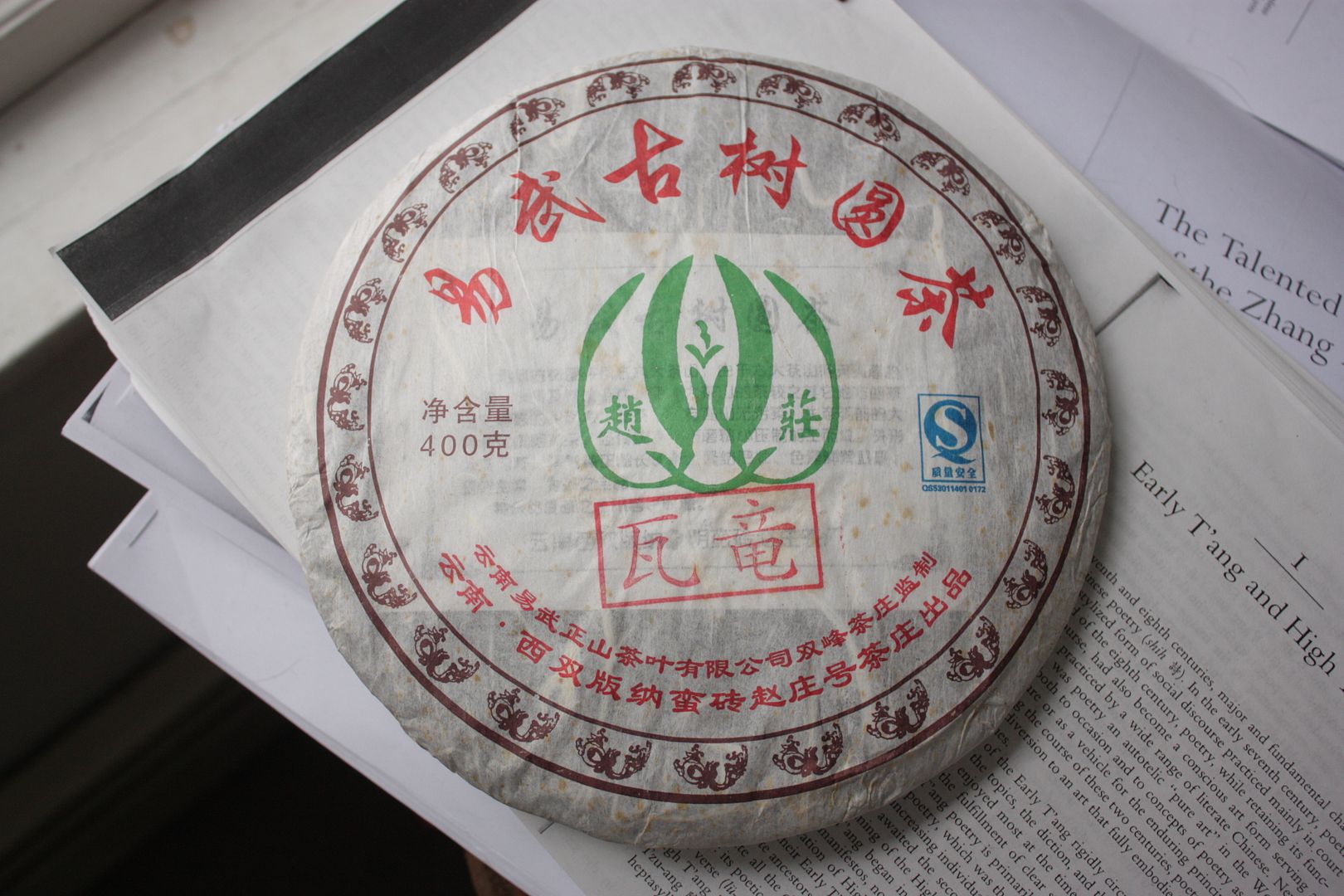
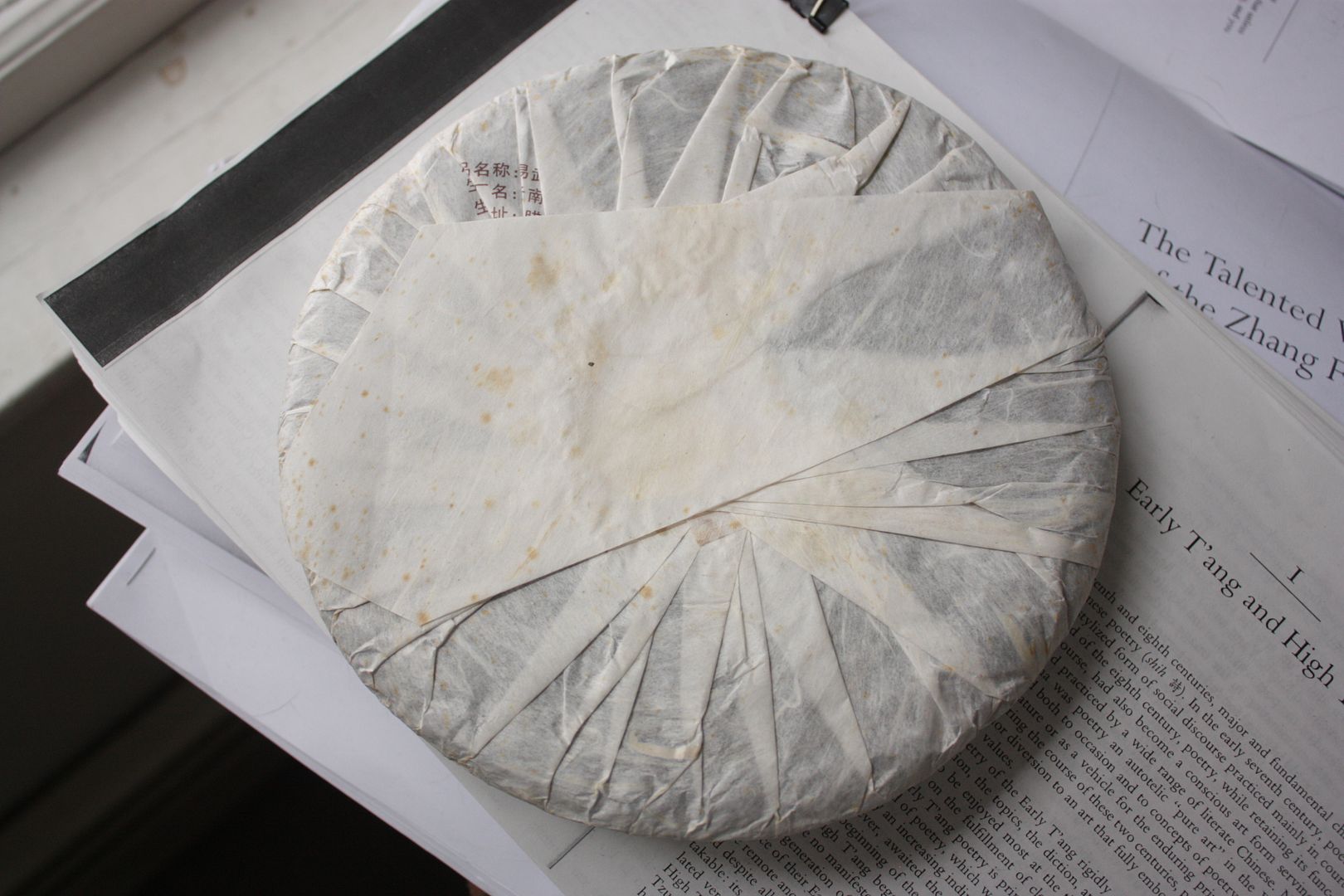
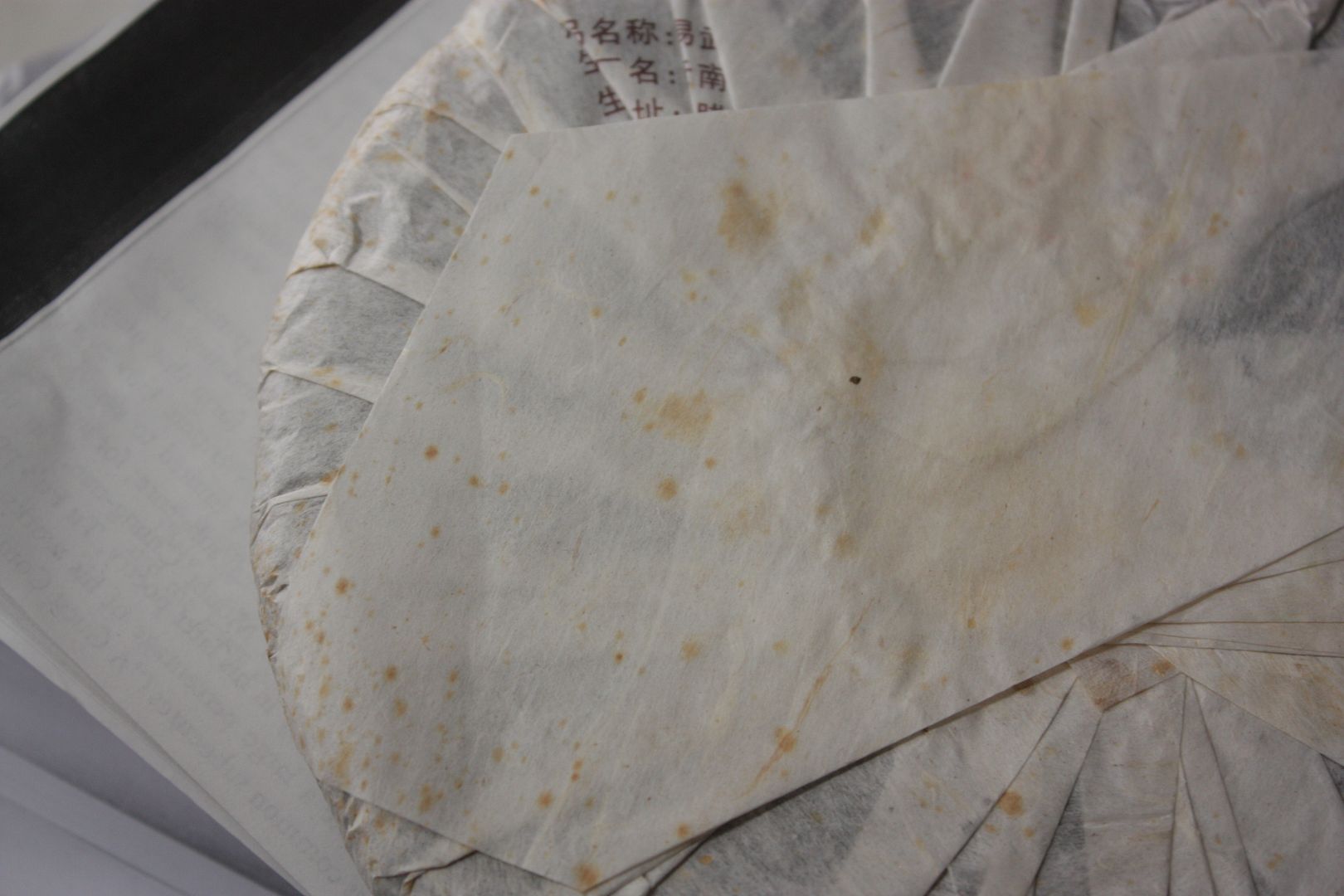
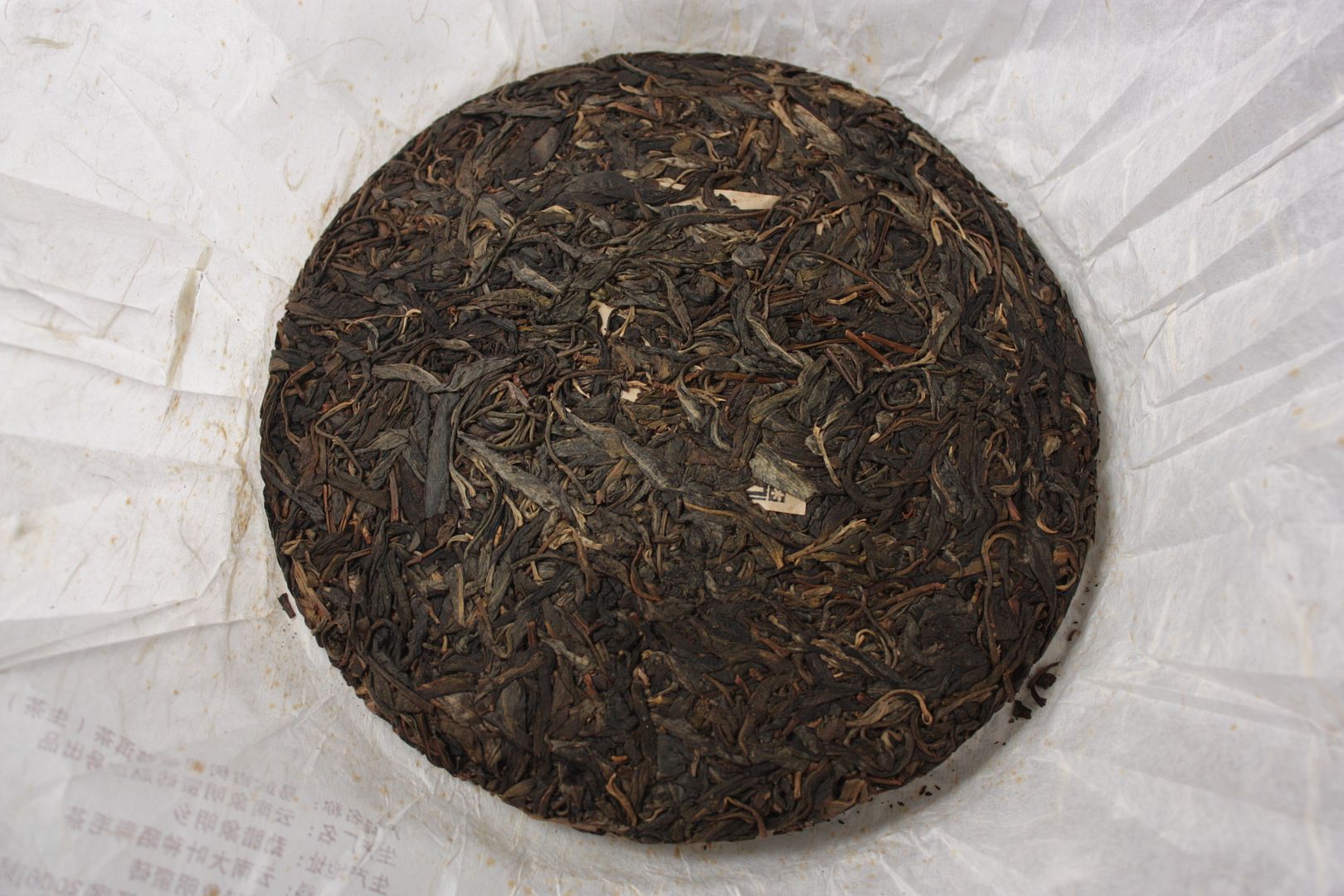
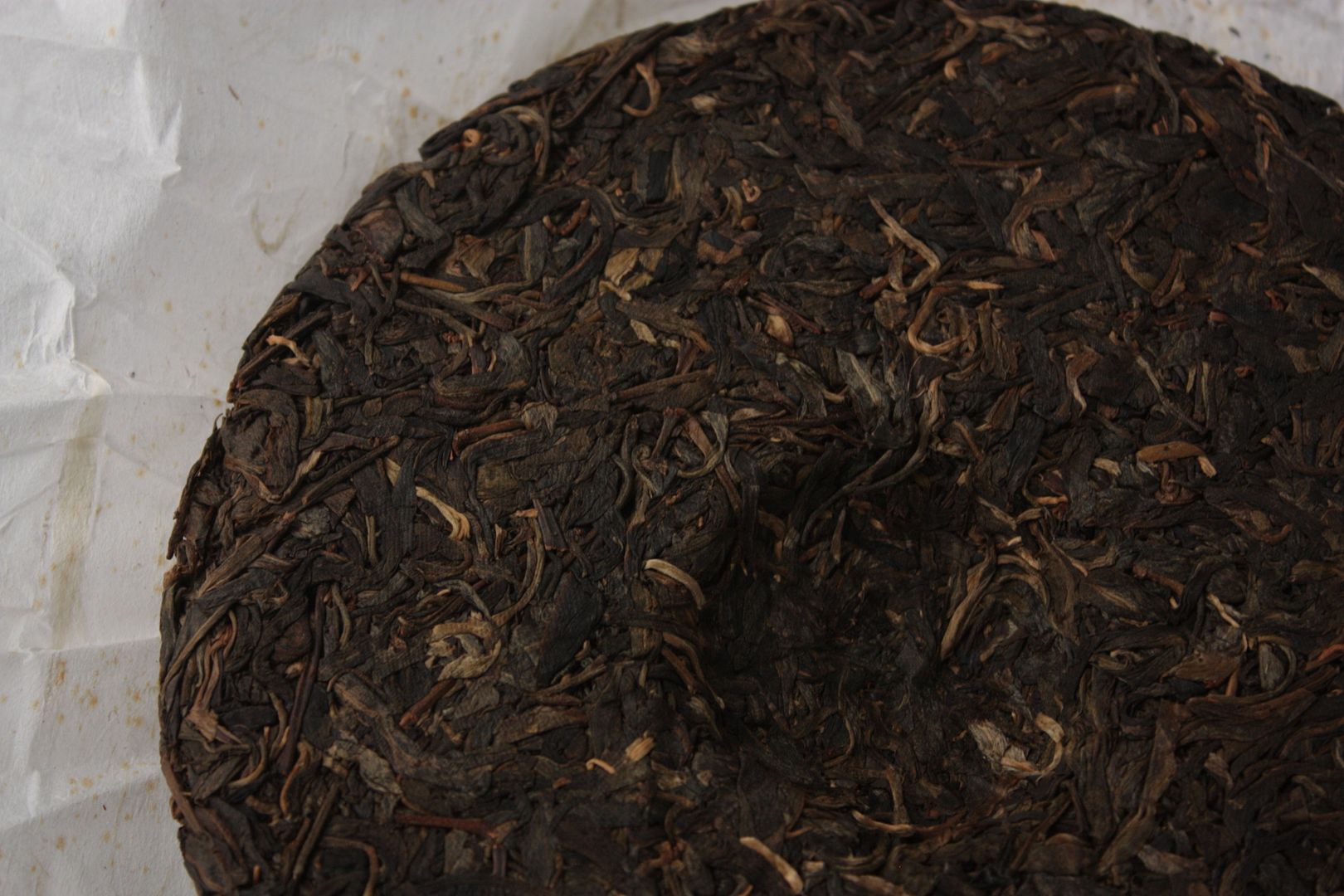
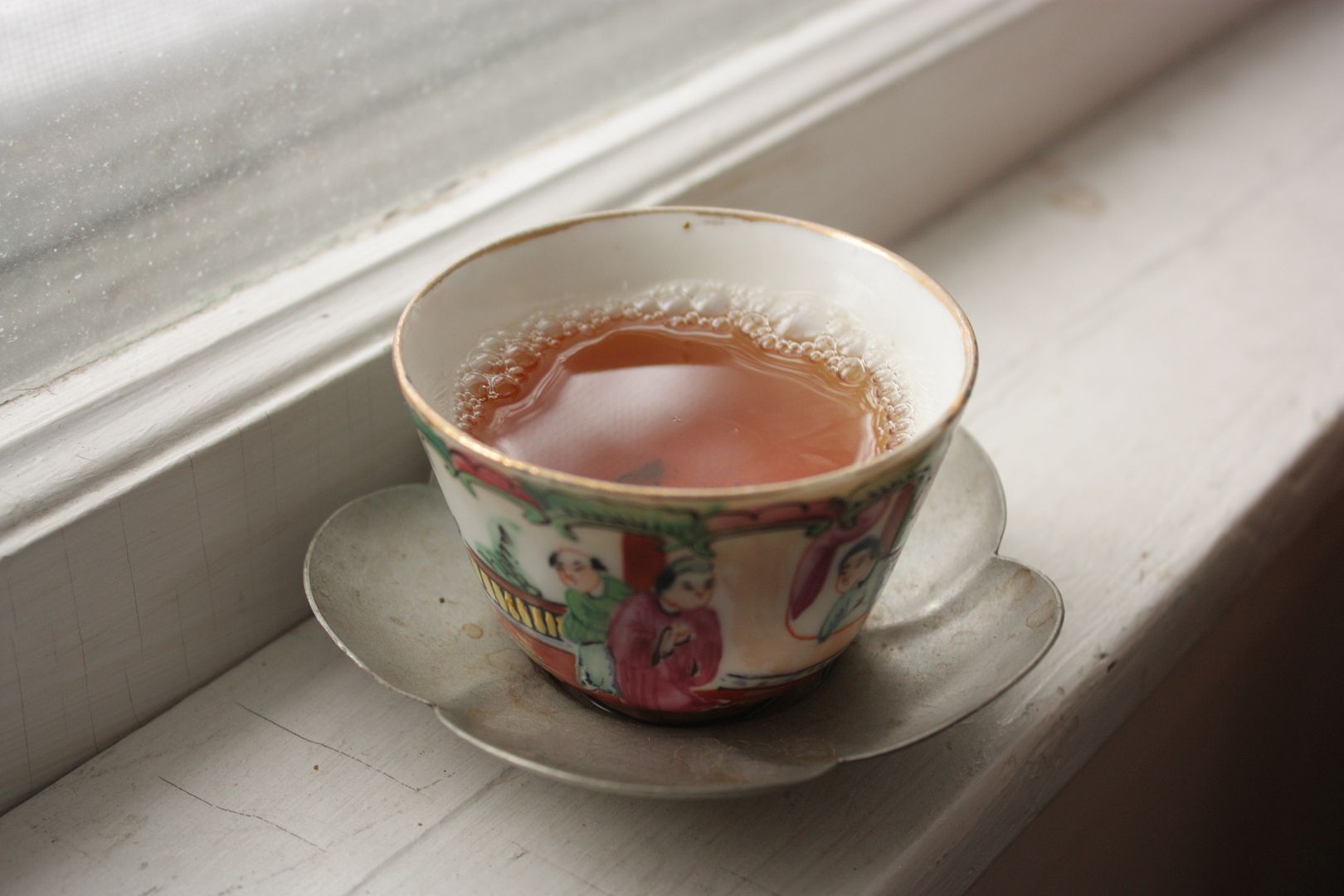
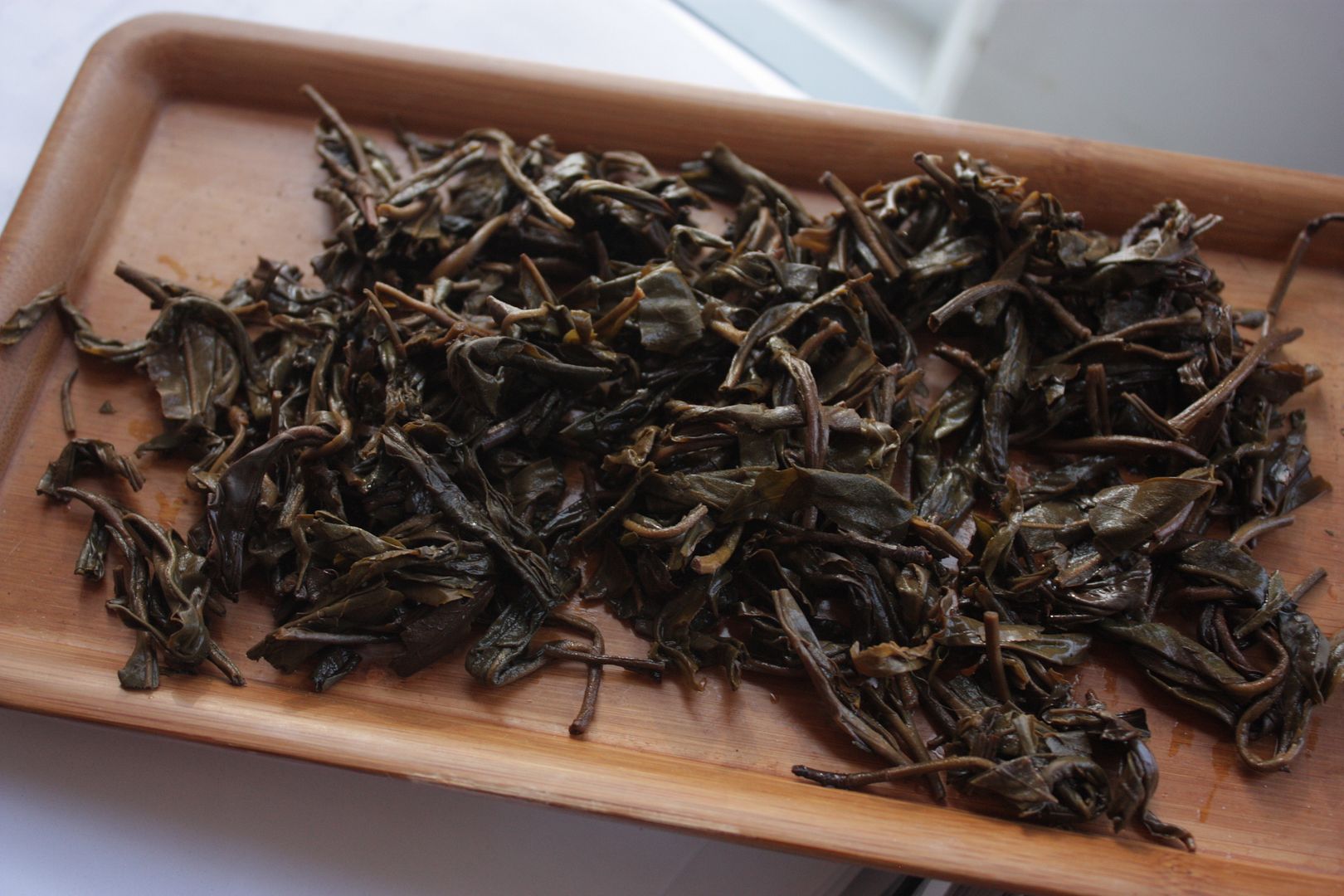
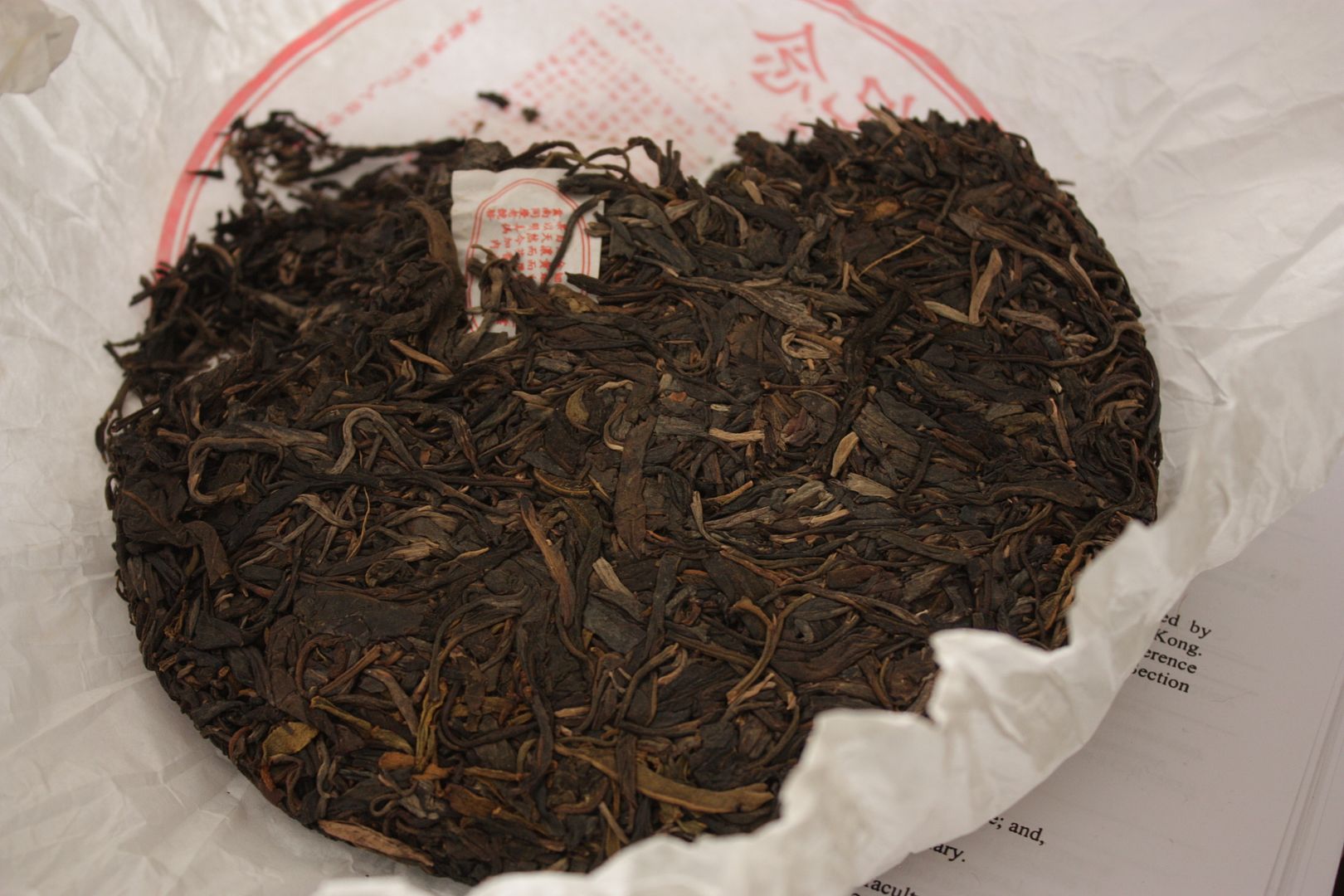
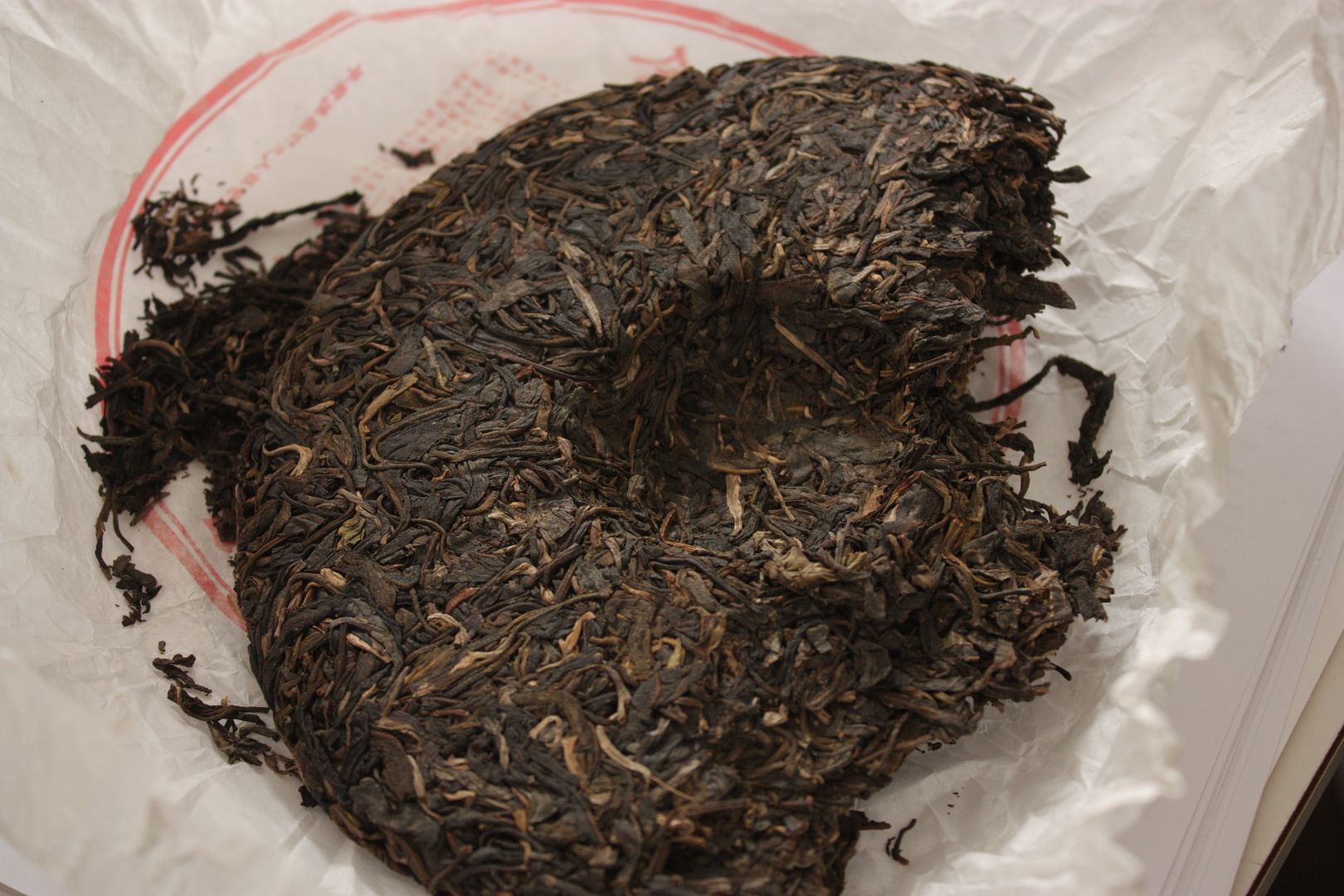
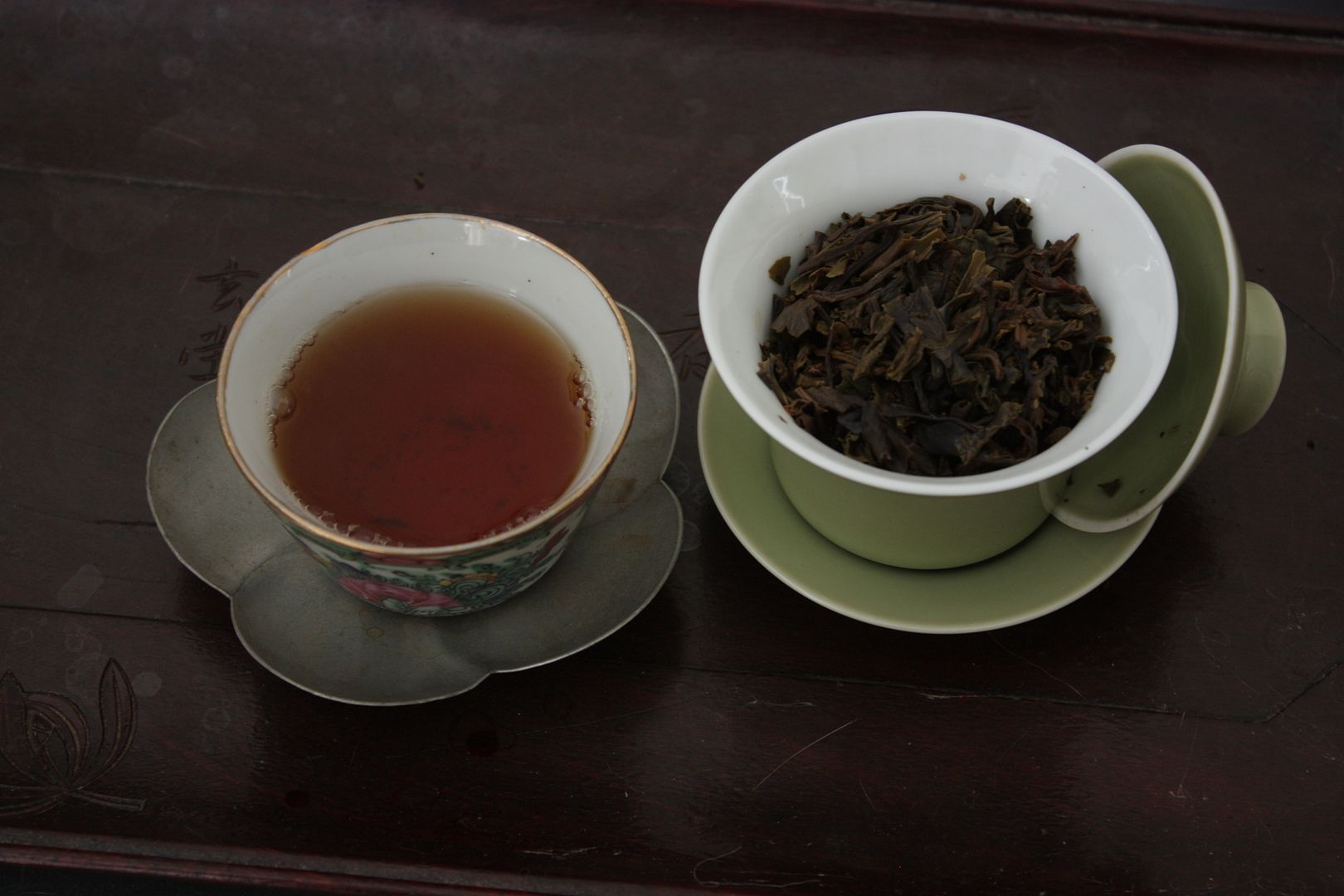
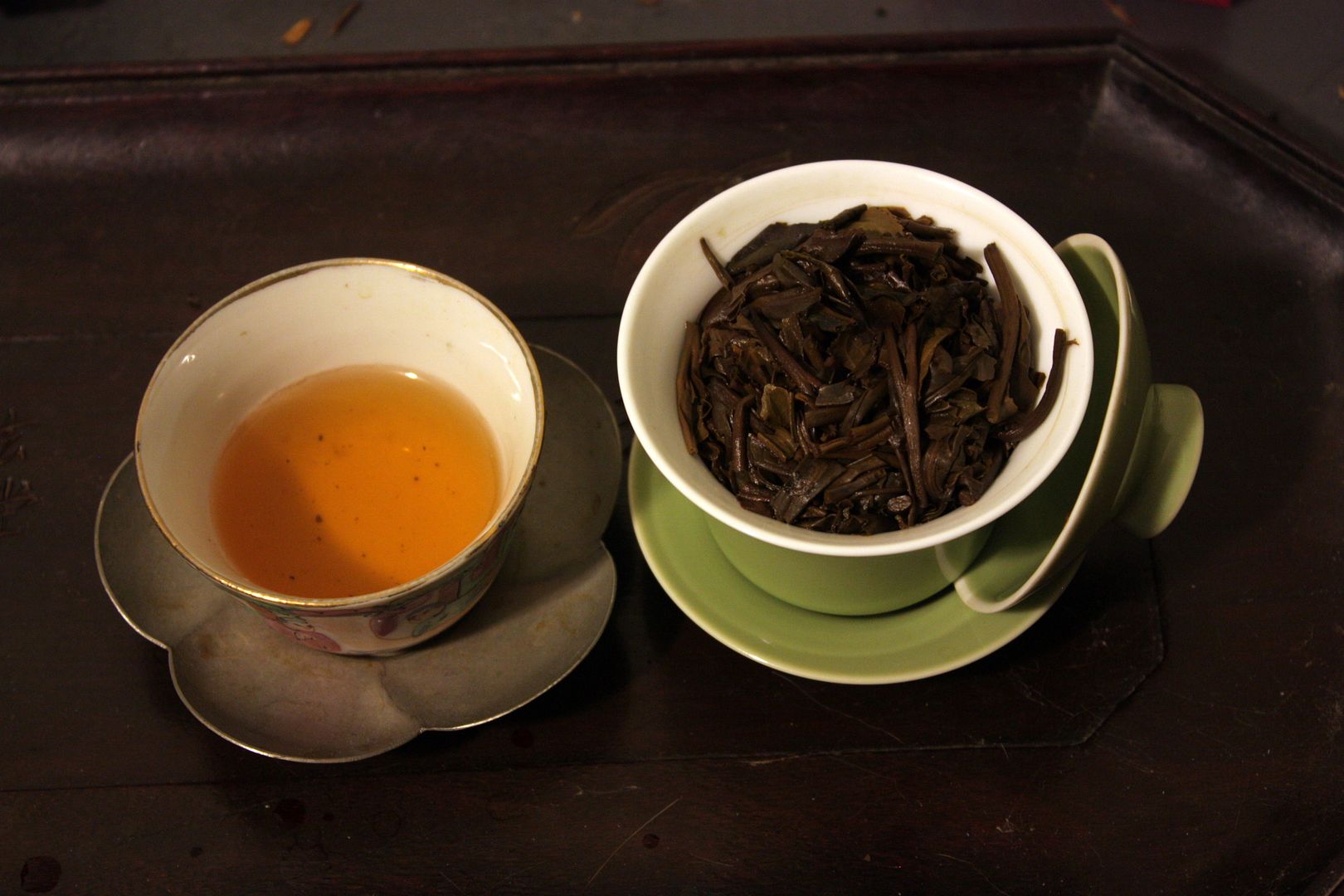
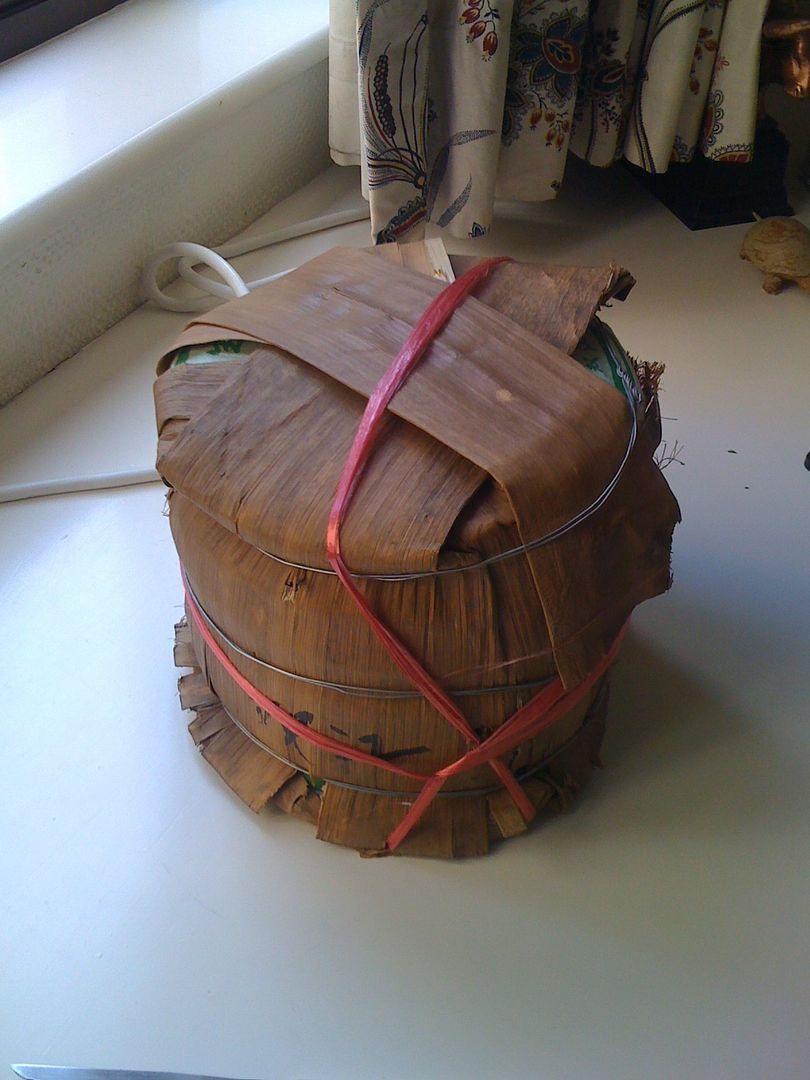
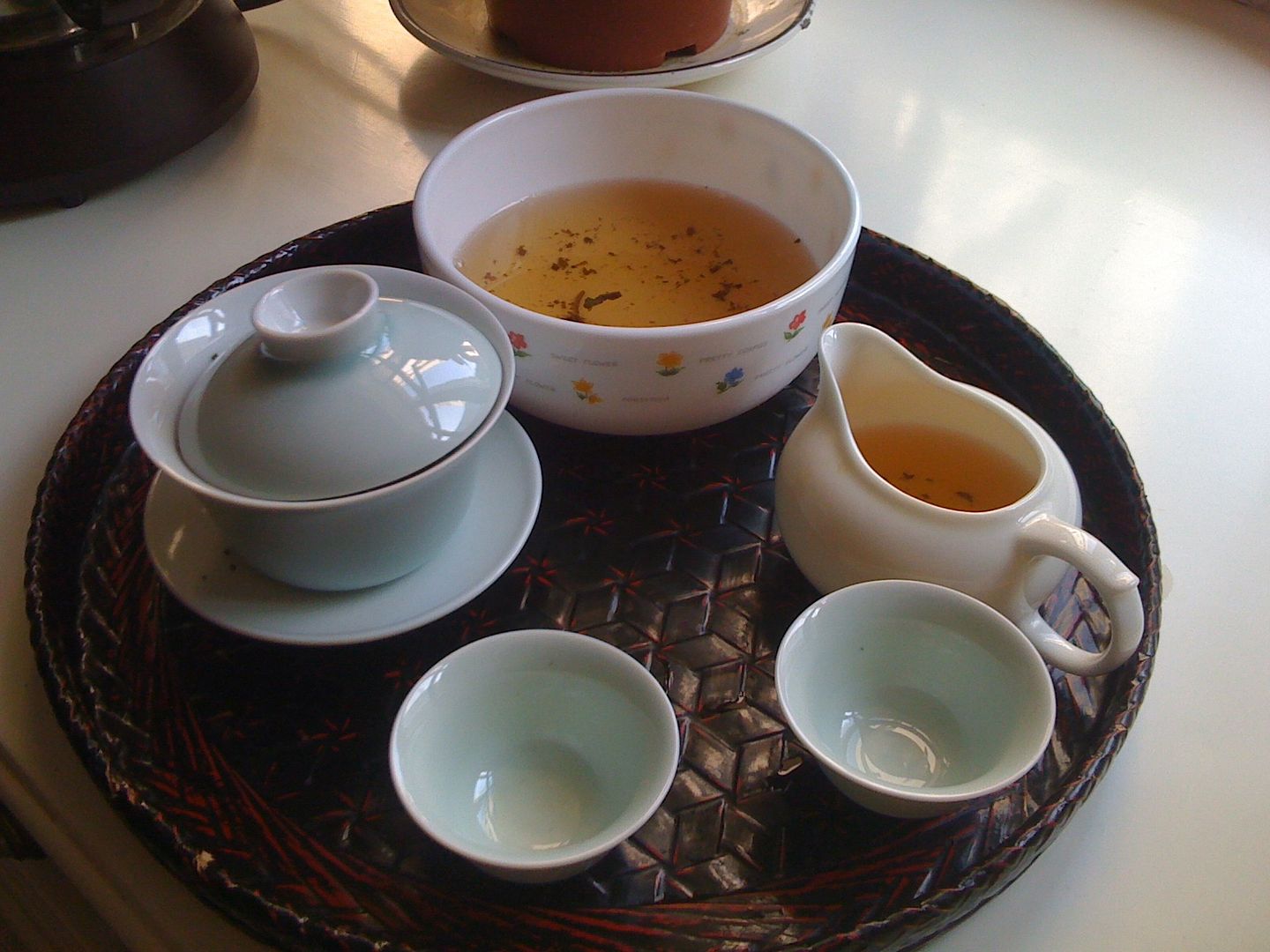
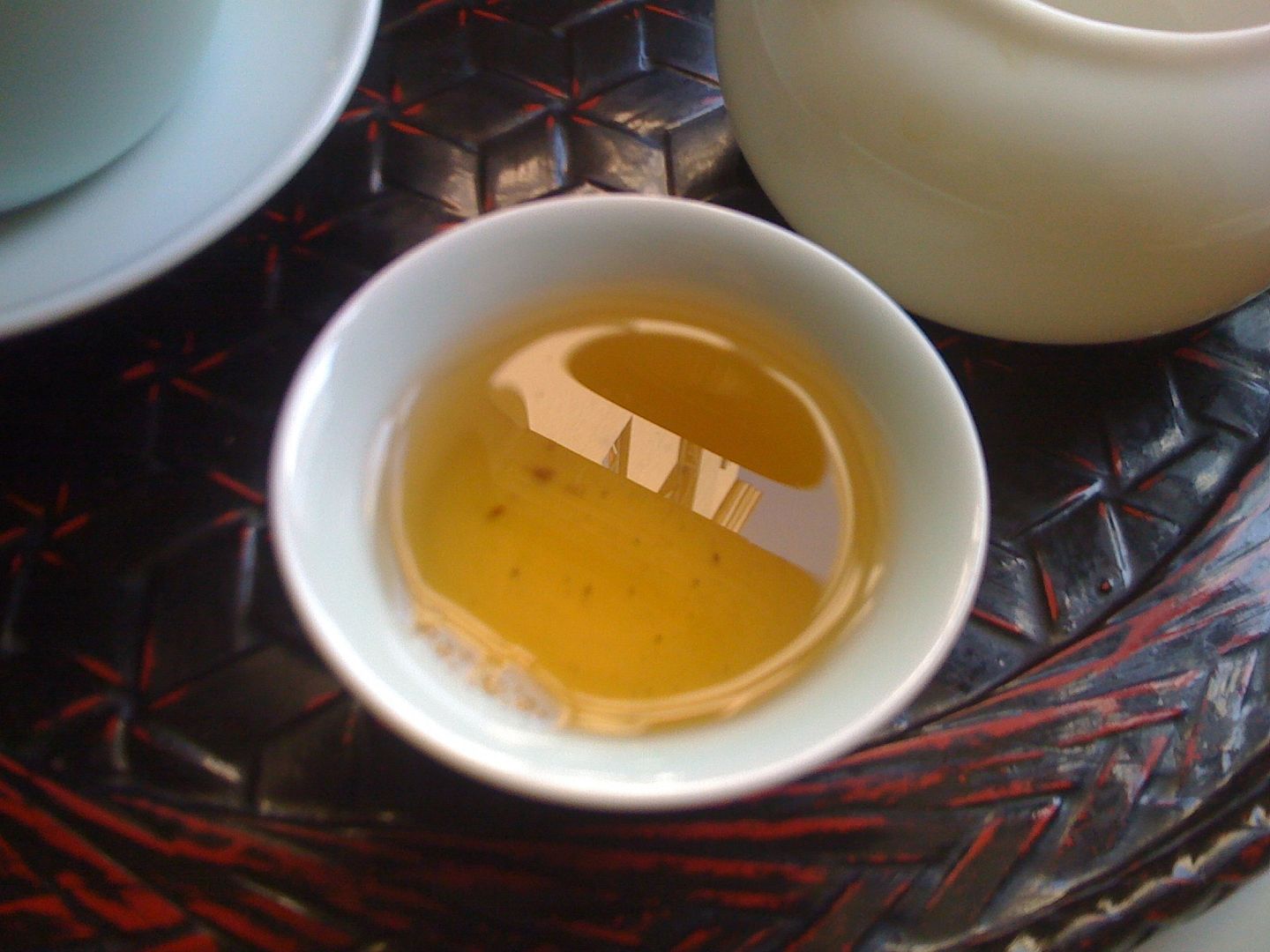
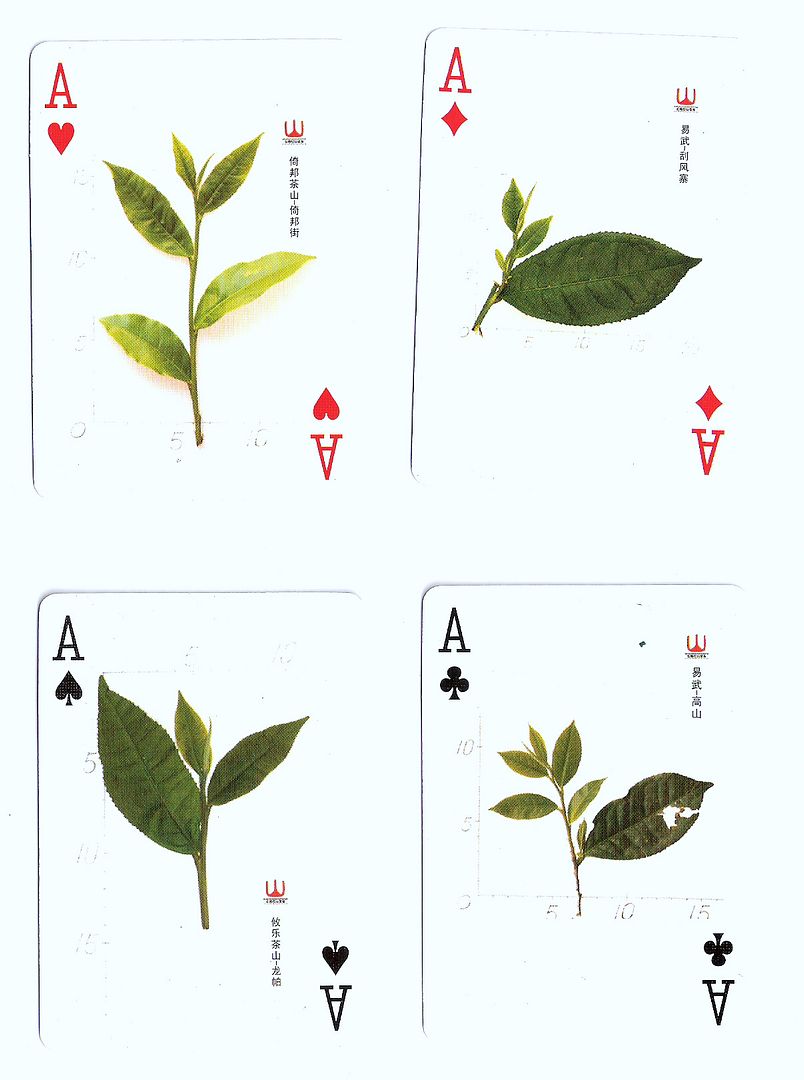
 RSS - Posts
RSS - Posts
Interesting.... would 250C in my oven work?